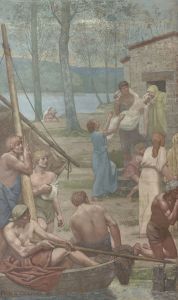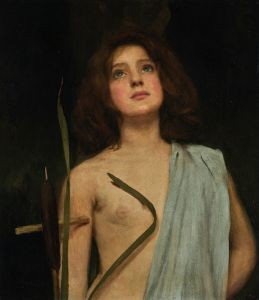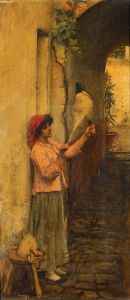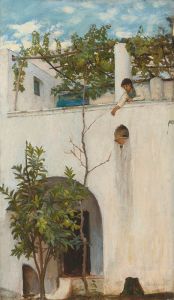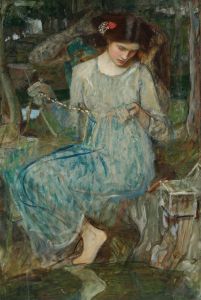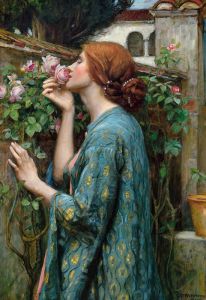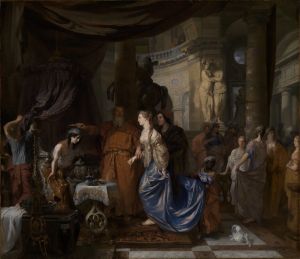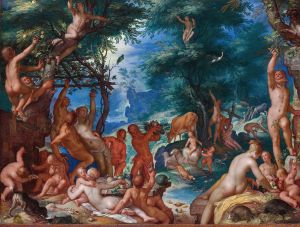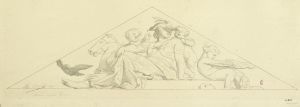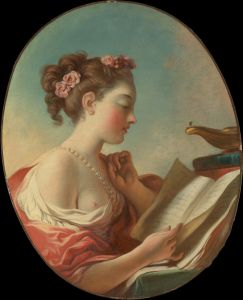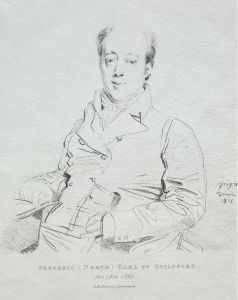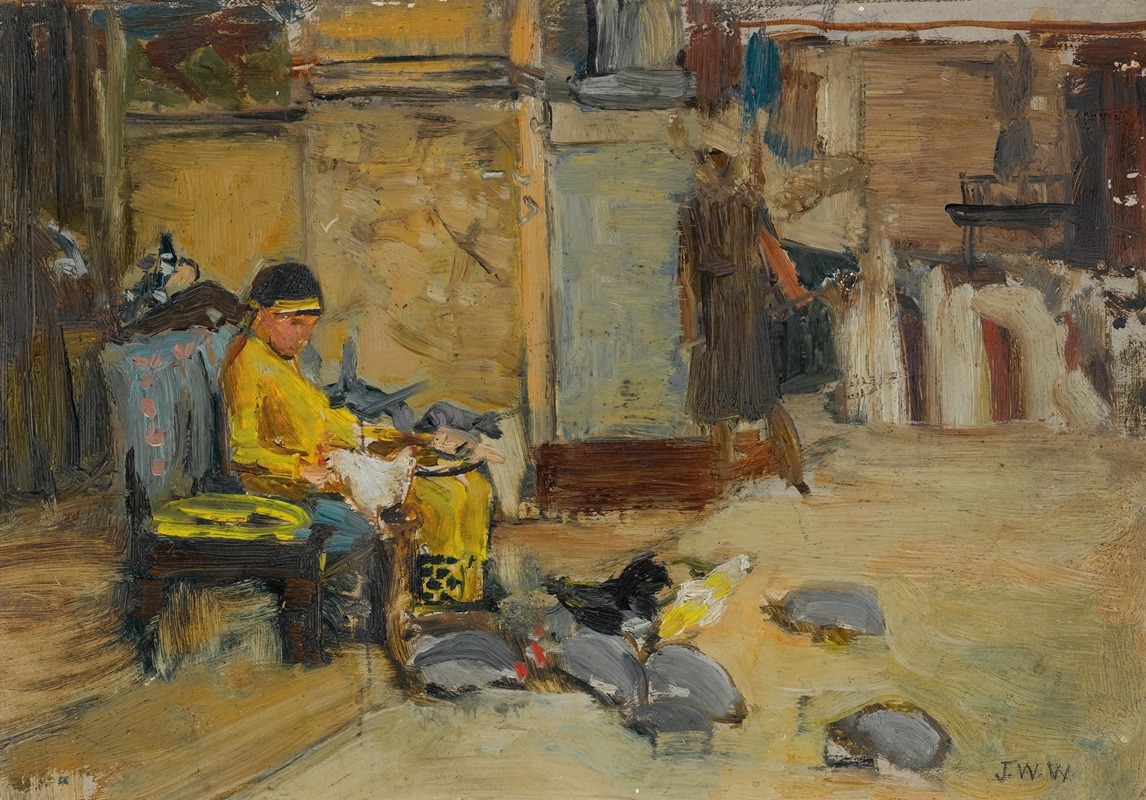
The Favourites of The Emperor Honorius
A hand-painted replica of John William Waterhouse’s masterpiece The Favourites of The Emperor Honorius, meticulously crafted by professional artists to capture the true essence of the original. Each piece is created with museum-quality canvas and rare mineral pigments, carefully painted by experienced artists with delicate brushstrokes and rich, layered colors to perfectly recreate the texture of the original artwork. Unlike machine-printed reproductions, this hand-painted version brings the painting to life, infused with the artist’s emotions and skill in every stroke. Whether for personal collection or home decoration, it instantly elevates the artistic atmosphere of any space.
"The Favourites of the Emperor Honorius" is a painting by the British artist John William Waterhouse, completed in 1883. Waterhouse was a prominent figure in the Pre-Raphaelite movement, known for his depictions of classical and historical themes, often infused with a sense of romanticism and attention to detail.
This particular painting portrays a scene from the late Roman Empire, focusing on the figure of Emperor Honorius, who reigned from 393 to 423 AD. Honorius is historically remembered as a ruler during a time of significant decline for the Western Roman Empire. Waterhouse's painting captures a moment that reflects both the opulence and the detachment often associated with Honorius's reign.
In the artwork, Emperor Honorius is depicted seated on a throne, surrounded by his "favourites," which are not people, but rather birds—specifically, doves. This choice of subject highlights a historical anecdote about Honorius, who was said to be more interested in his pet birds than in the affairs of state. The emperor is shown in a richly decorated interior, emphasizing the luxury of the imperial court. The doves, which are often symbols of peace and innocence, contrast with the political turmoil and decline of the empire during his rule.
Waterhouse's use of color and light in the painting is notable. The warm tones and intricate details of the emperor's garments and the surrounding architecture create a sense of richness and depth. The artist's attention to detail is evident in the textures of the fabrics and the lifelike portrayal of the birds, which adds to the overall realism of the scene.
The painting is a reflection of Waterhouse's interest in historical subjects and his ability to convey narrative through visual art. It also serves as a commentary on the nature of leadership and the responsibilities of those in power. By choosing to depict Honorius in this manner, Waterhouse may be suggesting a critique of the emperor's priorities and the consequences of neglecting governance.
"The Favourites of the Emperor Honorius" is housed in the Art Gallery of South Australia, where it remains an important part of their collection. The painting is a testament to Waterhouse's skill as an artist and his ability to bring historical figures and stories to life through his work. It continues to be appreciated for its artistic merit and the historical narrative it presents, offering viewers a glimpse into the complexities of leadership and the personal interests that can influence the course of history.





